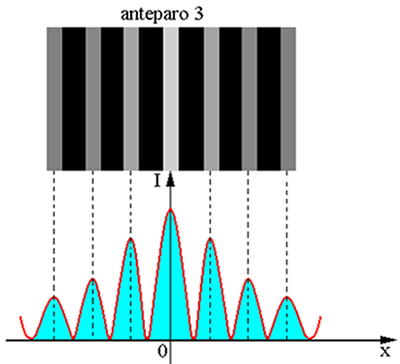At the turn of the 17th to the 18th century, Europe was experiencing the height of monarchical absolutism, in which the “aristocratic houses”, or noble lineages, were articulated to exercise power over the various kingdoms of the continent. THE Warof Spanish Succession, which took place between 1702 and 1714, was the biggest conflict between these aristocratic houses, having been motivated by the problem of the inheritance of the royal throne of Spain after the death of the, until then, king CarlosII in 1700.
Before he died, Charles II came up with some possible names for his throne, as he did not have a rightful heir. The name Carlos II came to was Felipe de Bourbon, known as Duke of Anjour, who was the king's grandson Louis XIV from France. After the death of Carlos II, the Spanish courts met in the cities of Madrid and Barcelona to deliberate and recognize the new king. The Duke of Anjour was then elevated to the category of monarch under the title of Philip V. Therefore, Spain had a king from the house of Bourbons, the same one that ruled France.
A king of the Bourbons in Spain generated a great deal of tension in other countries in Europe that were bred by other aristocratic lineages, especially that of the Habsburgs. The tension was happening, above all, because Louis XIV, the then King of France, would soon need a successor. It was hypothesized that Louis XV could be his grandson, the acclaimed king of Spain. In this sense, there was the possibility that Felipe V would become king of Spain and France at the same time. Some nations have taken a stand against this, forming a "GreatAlliance" to face Spain.
The Grand Alliance was formed by Austria, England, Holland, Sweden, Denmark and the German principalities. O Treatedfrom the Hague, signed in September 1701, sealed its formation and determined its guidelines. War broke out the following year.
The beginning of the war motivated by the succession to the Spanish throne took place in northern Italy, which at the time was not yet a unified state, but a myriad of small kingdoms, and soon spread to other regions such as the Netherlands, the principalities of Germany, northern France and, of course, the Peninsula Iberian. This war mobilized virtually all European nations over the eleven years of its duration.
The problem was only solved when, through the Utrecht Peace Treaty, Spain, defeated by British and Dutch troops, had to commit to renounce any claims to the French throne and, furthermore, to guarantee territories and commercial connections to nations winners. Part of the sanctions of the aforementioned treaty were also aimed at France, as this supported Spain in the war.
By Me. Cláudio Fernandes
Source: Brazil School - https://brasilescola.uol.com.br/historiag/guerra-sucessao-espanhola.htm

